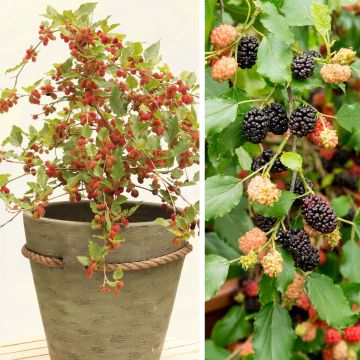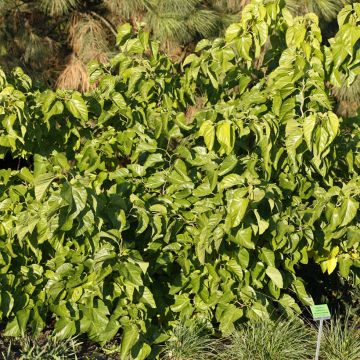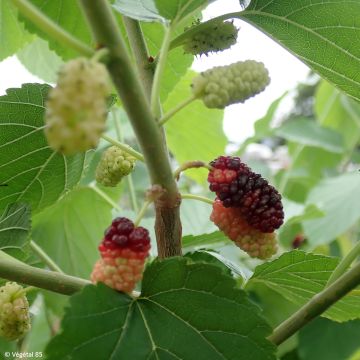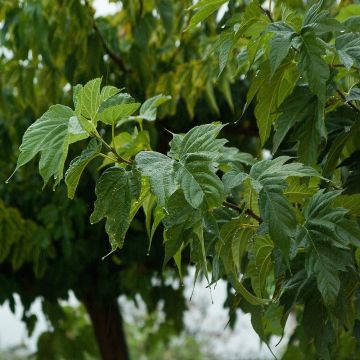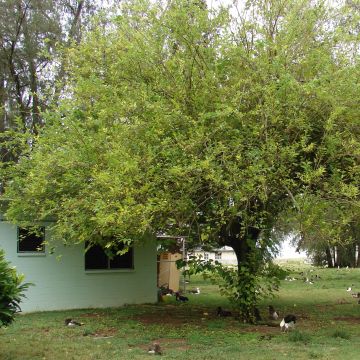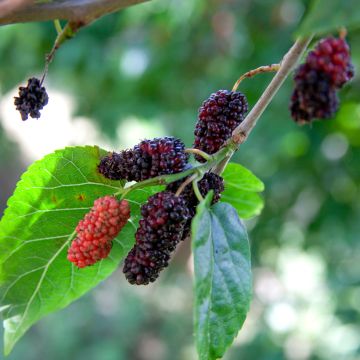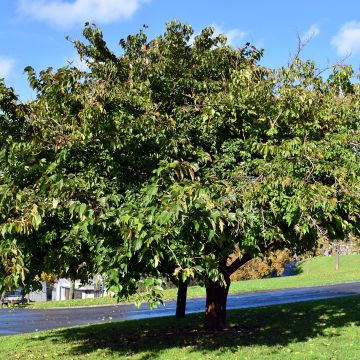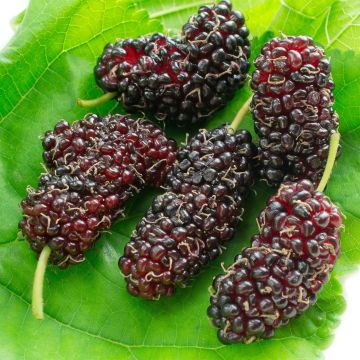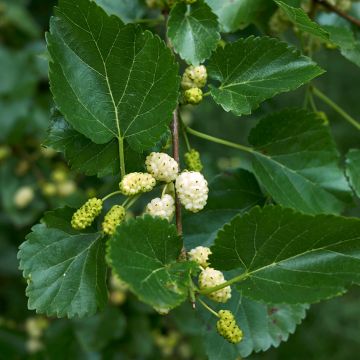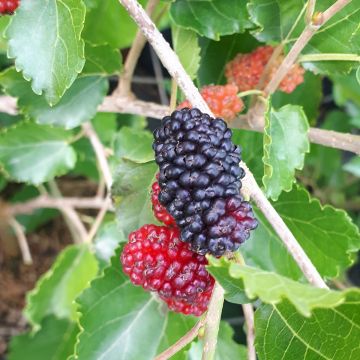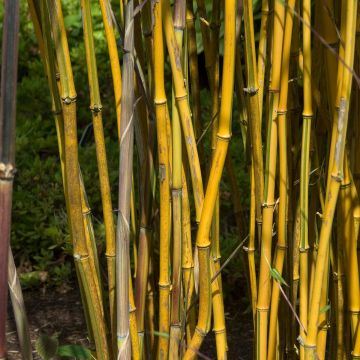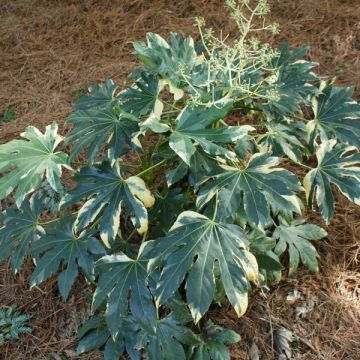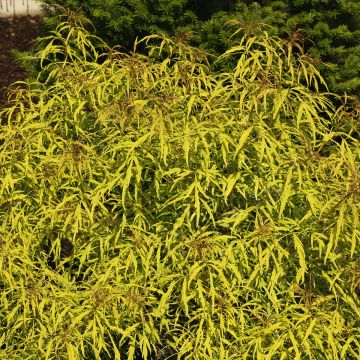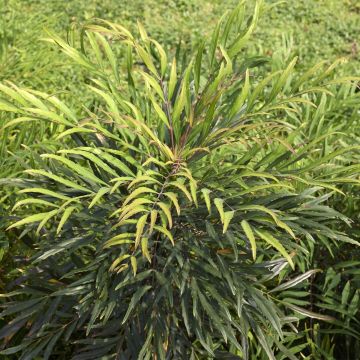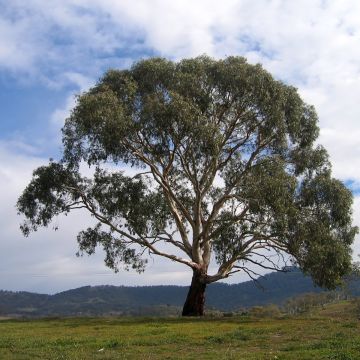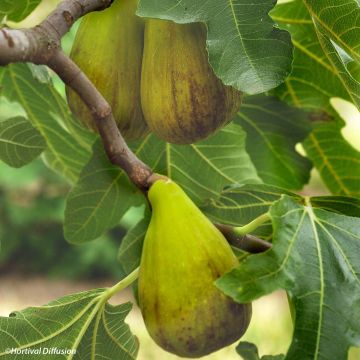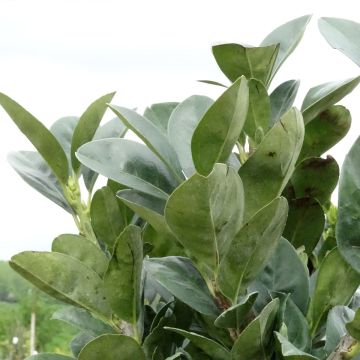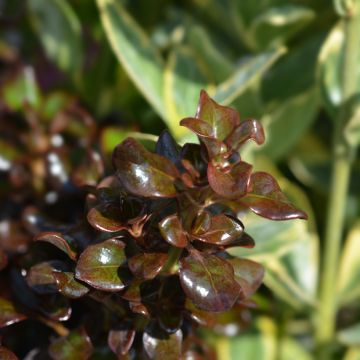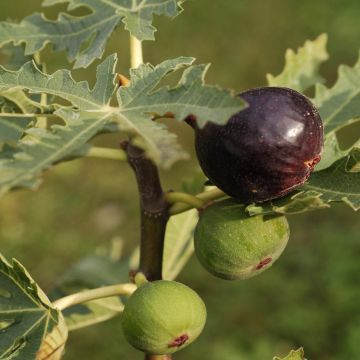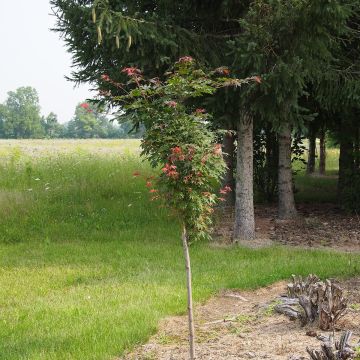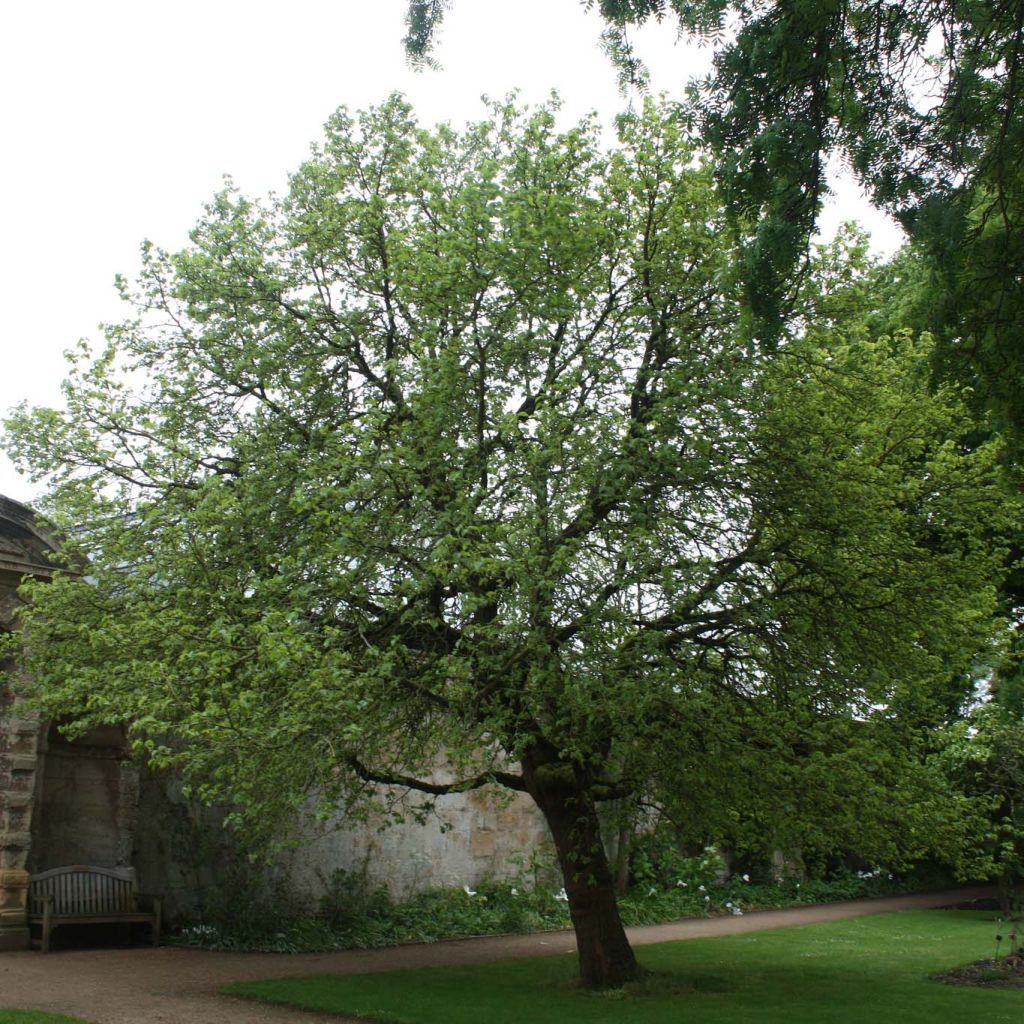

Morus nigra - Mullberry
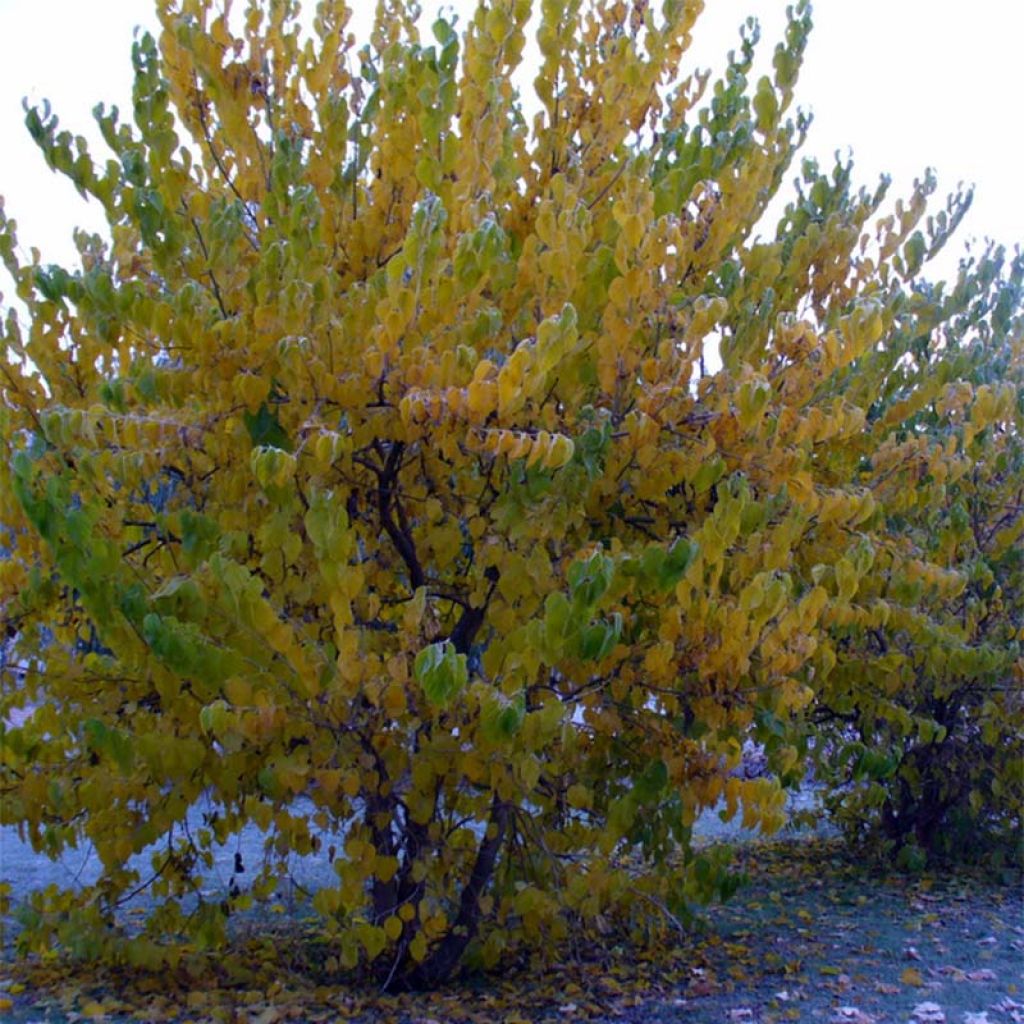

Morus nigra - Mullberry
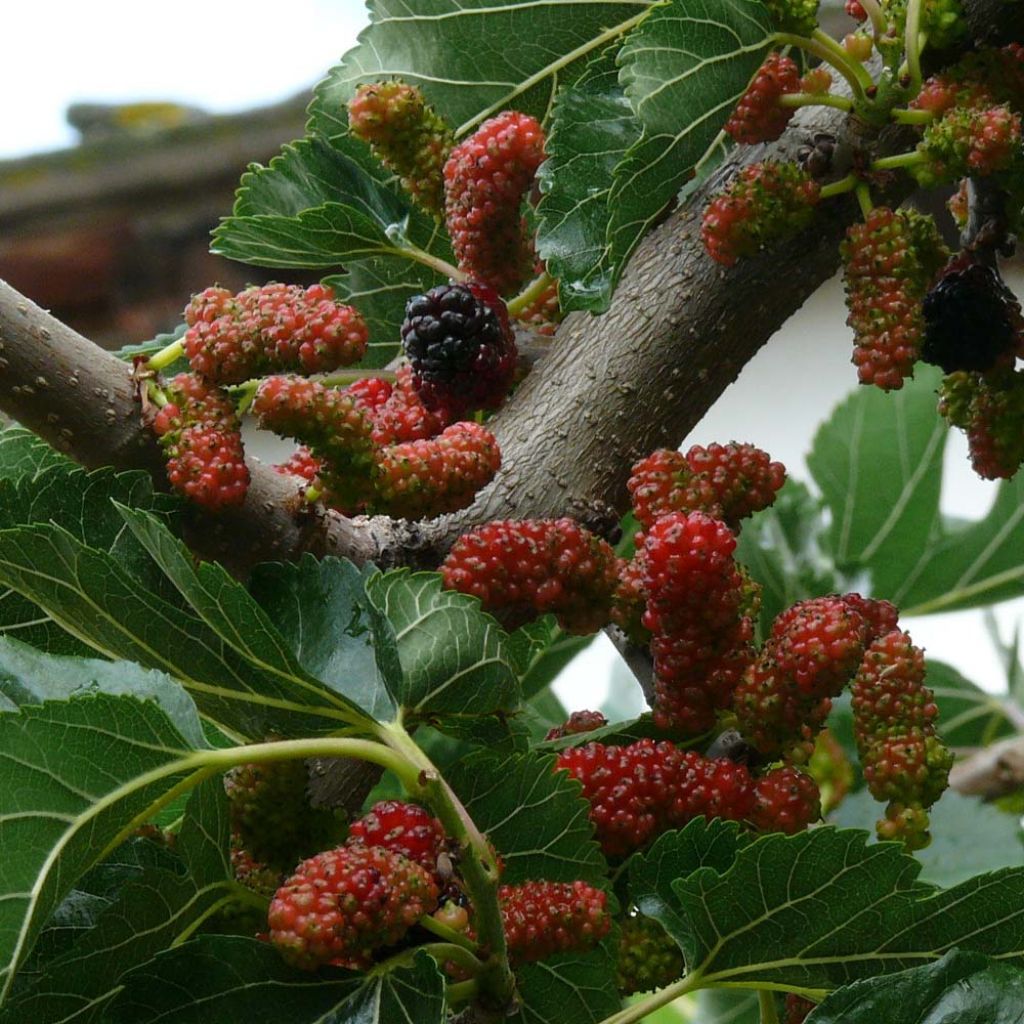

Morus nigra - Mullberry
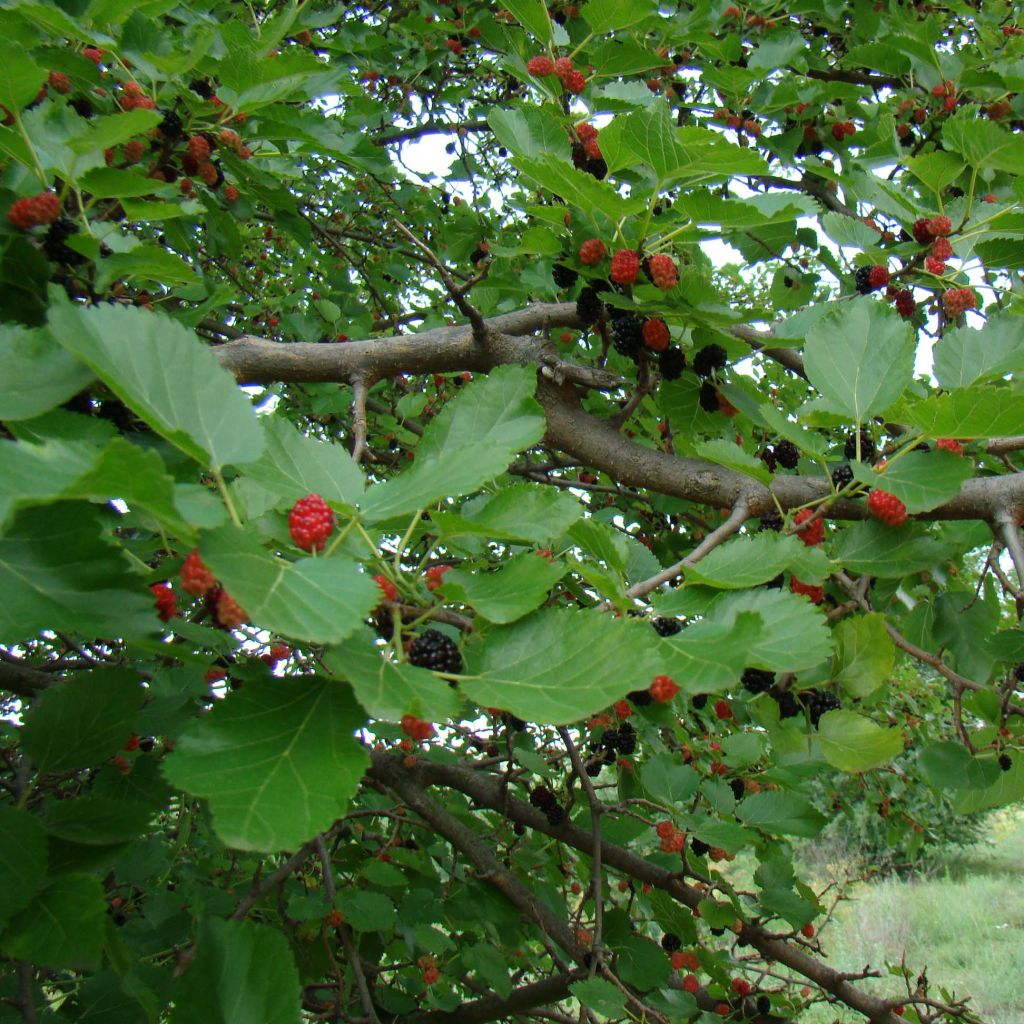

Morus nigra - Mullberry
Morus nigra - Mullberry
Morus nigra
Black Mulberry
This item cannot be shipped to the selected country
Delivery charge from €5.90
Oversize package delivery charge from €6.90
Delivery to Corse prohibited
More information
Schedule delivery date,
and select date in basket
This plant carries a 24 months recovery warranty
More information
We guarantee the quality of our plants for a full growing cycle, and will replace at our expense any plant that fails to recover under normal climatic and planting conditions.
From €5.90 for pickup delivery and €6.90 for home delivery
Express home delivery from €8.90.
Oversize package: home delivery by special carrier from €6.90 per order..
Express home delivery from €8.90.
Delivery to Corse prohibited: UE law prohibits the import of this plant from mainland France to Corse as part of the fight against Xylella fastidiosa. Please accept our sincere apologies.
More information
Does this plant fit my garden?
Set up your Plantfit profile →
Description
Morus nigra, the black mulberry from the Middle East, is part of those legendary plants appreciated for their aesthetics and fruits, just like the vine, fig tree, pomegranate, and olive tree. An excellent shade tree with a long lifespan, it is perfectly hardy in a protected location. Its dense, deciduous, dark green and luxuriant foliage, turns golden yellow in autumn. Its red-violet fruits, almost black when ripe, have a tangy and fragrant flavour that is appreciated by gourmets and birds. Adopt this mulberry tree in your garden, but place it a little away from the terrace as its fruits stain!
This black mulberry tree belongs to the Moraceae family. It produces latex in its tissues, like all members of its family. Its origins range from the Middle East to Central Asia, but its introduction to the Mediterranean basin dates back to antiquity. This tree, with its sturdy appearance, has a short and thick trunk, which takes on a characteristic knotty and twisted aspect with age. It is topped with a slightly irregular spreading crown if not pruned. Its growth is quite rapid during its first years, then slows down significantly. It can reach 10 to 12m (33 to 39ft) (sometimes up to 15m (49ft)) in all directions. Its light grey bark cracks to become thicker and swollen, and then turns grey-brown. The deciduous leaves are polymorphous, meaning their appearance and size can vary depending on their position on the branches. They measure 6 to 8cm (2 to 3in) in diameter, 10 to 20cm (4 to 8in) in length, and are alternate, petiolate, either entire and heart-shaped, or divided into 3 to 7 more or less deep lobes, with a roughly toothed margin. The rough and dark green lamina on the upper side is pubescent on the underside, which often allows it to be distinguished from the White Mulberry. It turns golden yellow in autumn. The Black Mulberry develops discreet male or female flowers in different locations on the same tree in May-June. In August-September, the female flowers produce ovoid fleshy fruits that are almost black when ripe. They are edible, tangy, juicy, and highly coveted by birds. Its fruits are not attached to the branch by long peduncles, unlike those of the White Mulberry. Its root system, both taproot and spreading, does not tolerate transplanting well. Its strength means that it should be planted at a respectable distance from buildings.
Morus nigra is very hardy and deserves to be planted. With its twisted appearance, it marks the garden with its unique personality, while being truly undemanding. It grows in fertile, well-worked and well-drained soil, even limestone, in a warm and sunny location. It tolerates pollution well but is afraid of the seaside and sea spray. Uncultivated land benefits from its presence, as its leaves gradually enrich the soil every autumn. Traditionally used as a roadside tree, it can also be planted in a fruit hedge, along with blackthorn, mirabelle plum trees, medlar, guelder roses, and dogwood, much to the delight of children and birds. It can make a beautiful specimen, planted in isolation in the middle of a lawn. It is also useful on slopes to combat soil erosion. The fruits of the black mulberry tree can be consumed fresh, in jellies, jams, or syrups.
Report an error about the product description
Morus nigra - Mullberry in pictures
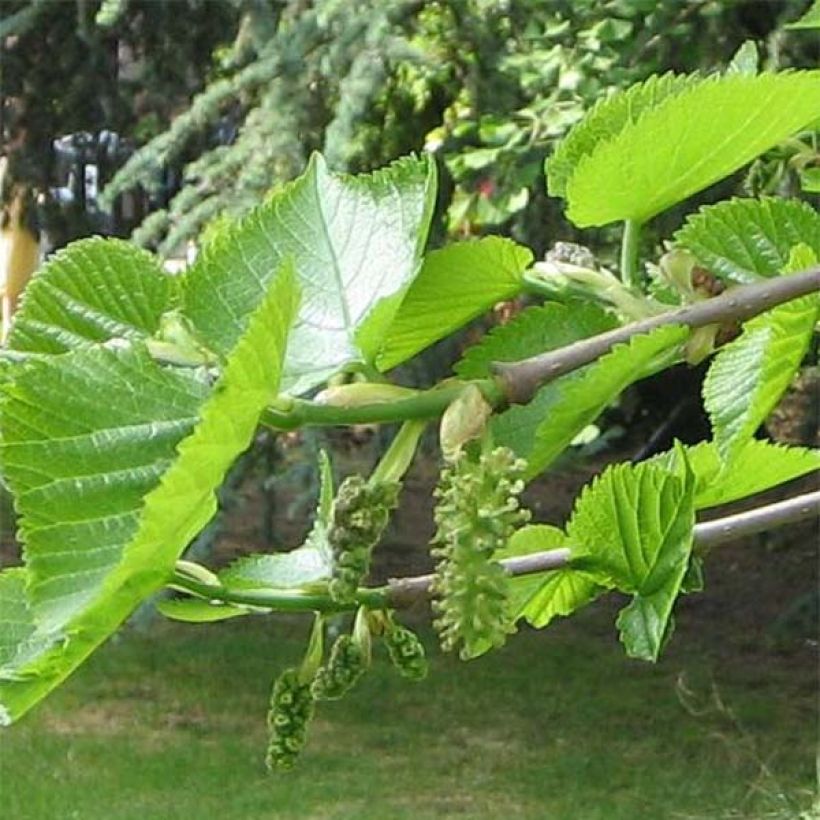

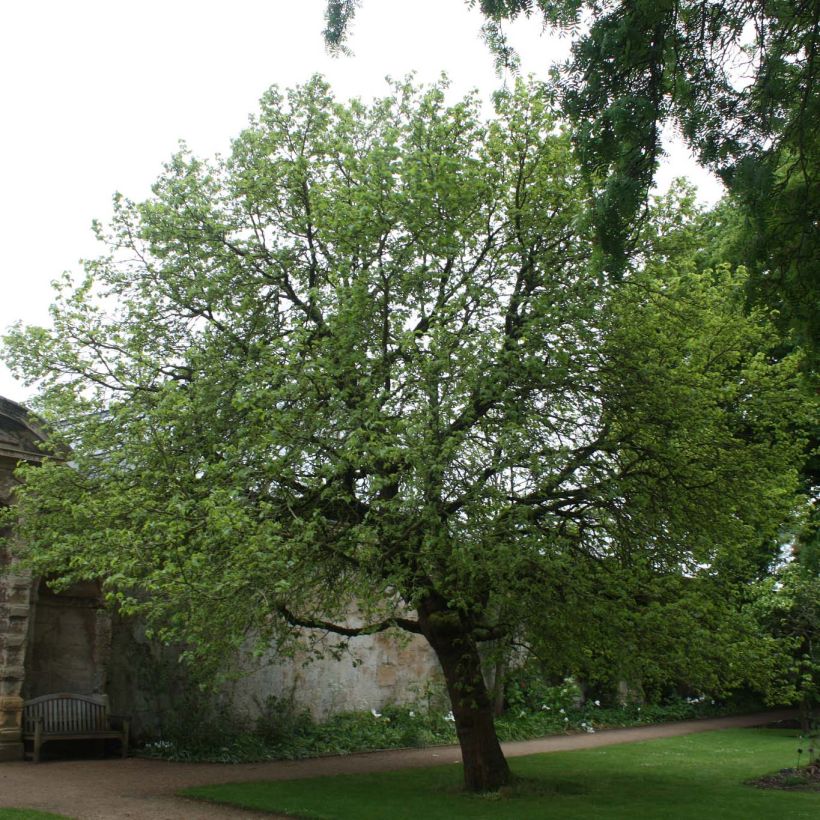

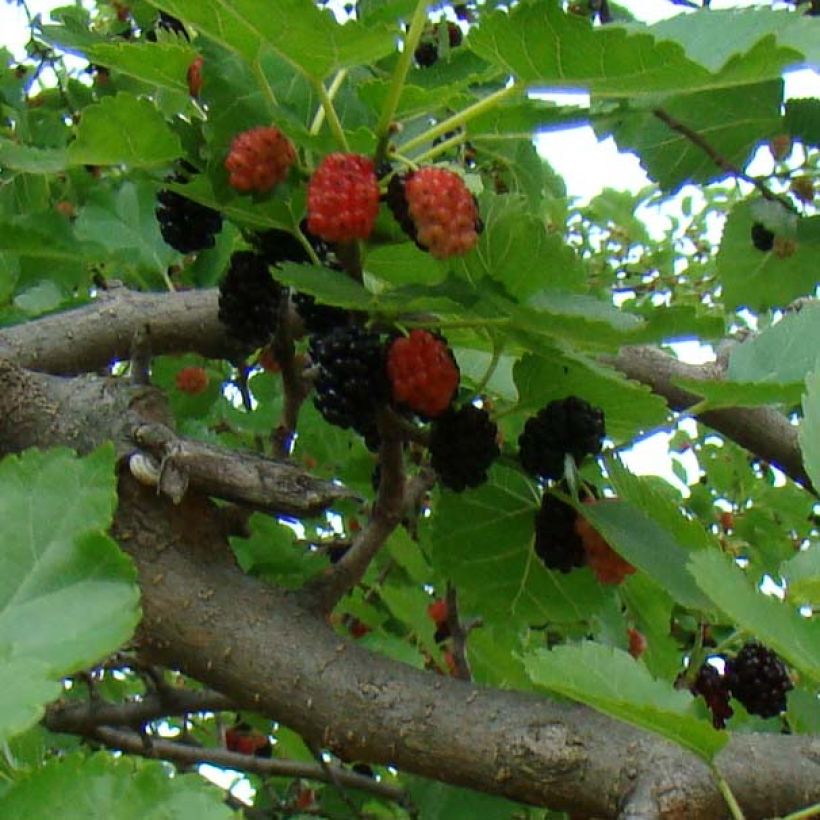

Plant habit
Flowering
Foliage
Botanical data
Morus
nigra
Moraceae
Black Mulberry
West Asia
Other Morus - Mulberry
Planting and care
Plant in spring or autumn in well-drained, rather fertile and deep, ordinary soil, and in full sun. It tolerates the presence of limestone in the soil very well. Be careful not to damage its fleshy and brittle roots during planting. It withstands cold weather very well and tolerates hot and dry summers once established. Avoid severe pruning on this mulberry tree, especially pruning thick branches and old branches. It may be susceptible to rust, canker, or powdery mildew.
Planting period
Intended location
Care
-
, onOrder confirmed
Reply from on Promesse de fleurs
Striking foliage shrubs
Haven't found what you were looking for?
Hardiness is the lowest winter temperature a plant can endure without suffering serious damage or even dying. However, hardiness is affected by location (a sheltered area, such as a patio), protection (winter cover) and soil type (hardiness is improved by well-drained soil).

Photo Sharing Terms & Conditions
In order to encourage gardeners to interact and share their experiences, Promesse de fleurs offers various media enabling content to be uploaded onto its Site - in particular via the ‘Photo sharing’ module.
The User agrees to refrain from:
- Posting any content that is illegal, prejudicial, insulting, racist, inciteful to hatred, revisionist, contrary to public decency, that infringes on privacy or on the privacy rights of third parties, in particular the publicity rights of persons and goods, intellectual property rights, or the right to privacy.
- Submitting content on behalf of a third party;
- Impersonate the identity of a third party and/or publish any personal information about a third party;
In general, the User undertakes to refrain from any unethical behaviour.
All Content (in particular text, comments, files, images, photos, videos, creative works, etc.), which may be subject to property or intellectual property rights, image or other private rights, shall remain the property of the User, subject to the limited rights granted by the terms of the licence granted by Promesse de fleurs as stated below. Users are at liberty to publish or not to publish such Content on the Site, notably via the ‘Photo Sharing’ facility, and accept that this Content shall be made public and freely accessible, notably on the Internet.
Users further acknowledge, undertake to have ,and guarantee that they hold all necessary rights and permissions to publish such material on the Site, in particular with regard to the legislation in force pertaining to any privacy, property, intellectual property, image, or contractual rights, or rights of any other nature. By publishing such Content on the Site, Users acknowledge accepting full liability as publishers of the Content within the meaning of the law, and grant Promesse de fleurs, free of charge, an inclusive, worldwide licence for the said Content for the entire duration of its publication, including all reproduction, representation, up/downloading, displaying, performing, transmission, and storage rights.
Users also grant permission for their name to be linked to the Content and accept that this link may not always be made available.
By engaging in posting material, Users consent to their Content becoming automatically accessible on the Internet, in particular on other sites and/or blogs and/or web pages of the Promesse de fleurs site, including in particular social pages and the Promesse de fleurs catalogue.
Users may secure the removal of entrusted content free of charge by issuing a simple request via our contact form.
The flowering period indicated on our website applies to countries and regions located in USDA zone 8 (France, the United Kingdom, Ireland, the Netherlands, etc.)
It will vary according to where you live:
- In zones 9 to 10 (Italy, Spain, Greece, etc.), flowering will occur about 2 to 4 weeks earlier.
- In zones 6 to 7 (Germany, Poland, Slovenia, and lower mountainous regions), flowering will be delayed by 2 to 3 weeks.
- In zone 5 (Central Europe, Scandinavia), blooming will be delayed by 3 to 5 weeks.
In temperate climates, pruning of spring-flowering shrubs (forsythia, spireas, etc.) should be done just after flowering.
Pruning of summer-flowering shrubs (Indian Lilac, Perovskia, etc.) can be done in winter or spring.
In cold regions as well as with frost-sensitive plants, avoid pruning too early when severe frosts may still occur.
The planting period indicated on our website applies to countries and regions located in USDA zone 8 (France, United Kingdom, Ireland, Netherlands).
It will vary according to where you live:
- In Mediterranean zones (Marseille, Madrid, Milan, etc.), autumn and winter are the best planting periods.
- In continental zones (Strasbourg, Munich, Vienna, etc.), delay planting by 2 to 3 weeks in spring and bring it forward by 2 to 4 weeks in autumn.
- In mountainous regions (the Alps, Pyrenees, Carpathians, etc.), it is best to plant in late spring (May-June) or late summer (August-September).
The harvesting period indicated on our website applies to countries and regions in USDA zone 8 (France, England, Ireland, the Netherlands).
In colder areas (Scandinavia, Poland, Austria...) fruit and vegetable harvests are likely to be delayed by 3-4 weeks.
In warmer areas (Italy, Spain, Greece, etc.), harvesting will probably take place earlier, depending on weather conditions.
The sowing periods indicated on our website apply to countries and regions within USDA Zone 8 (France, UK, Ireland, Netherlands).
In colder areas (Scandinavia, Poland, Austria...), delay any outdoor sowing by 3-4 weeks, or sow under glass.
In warmer climes (Italy, Spain, Greece, etc.), bring outdoor sowing forward by a few weeks.

































